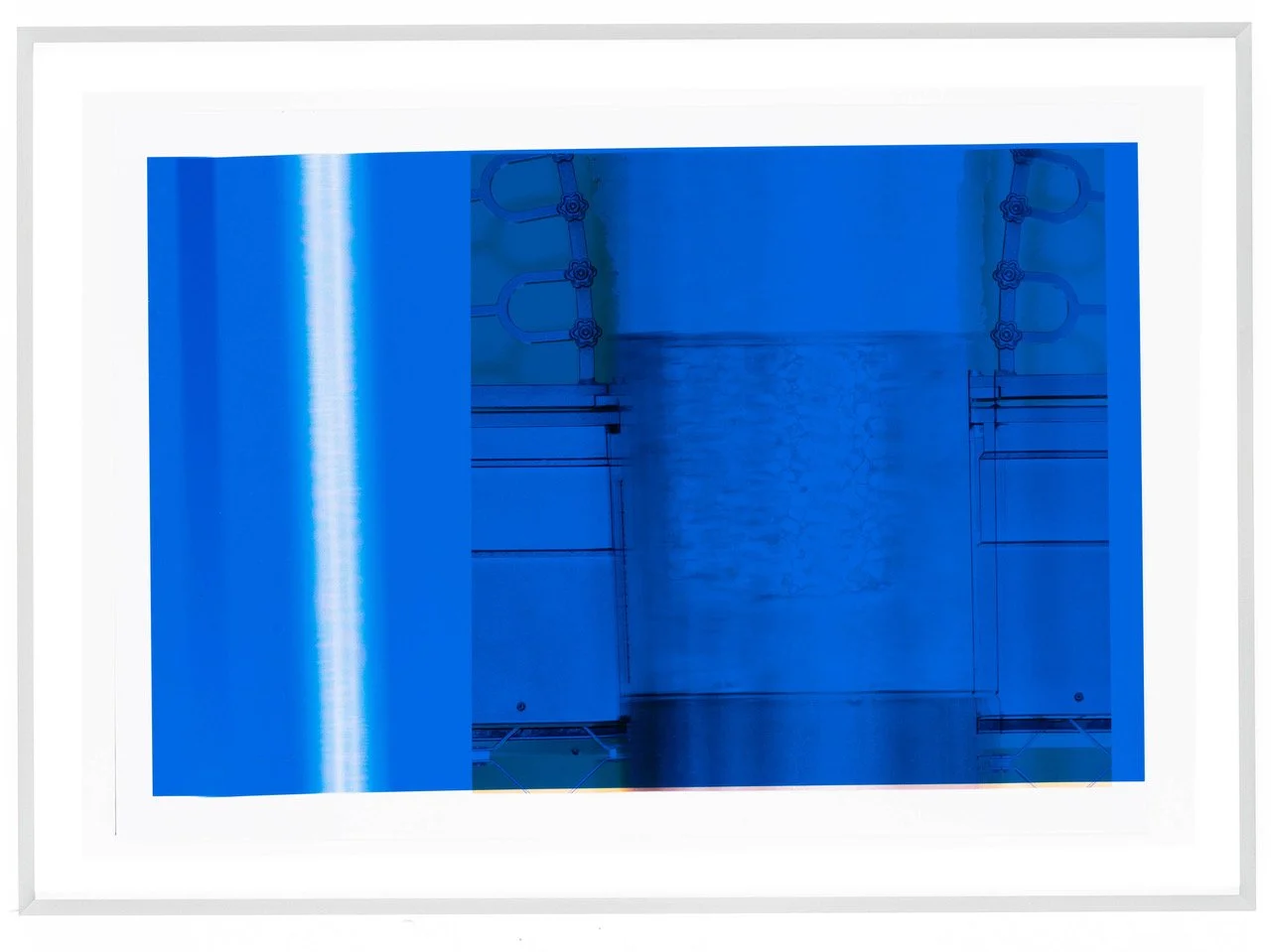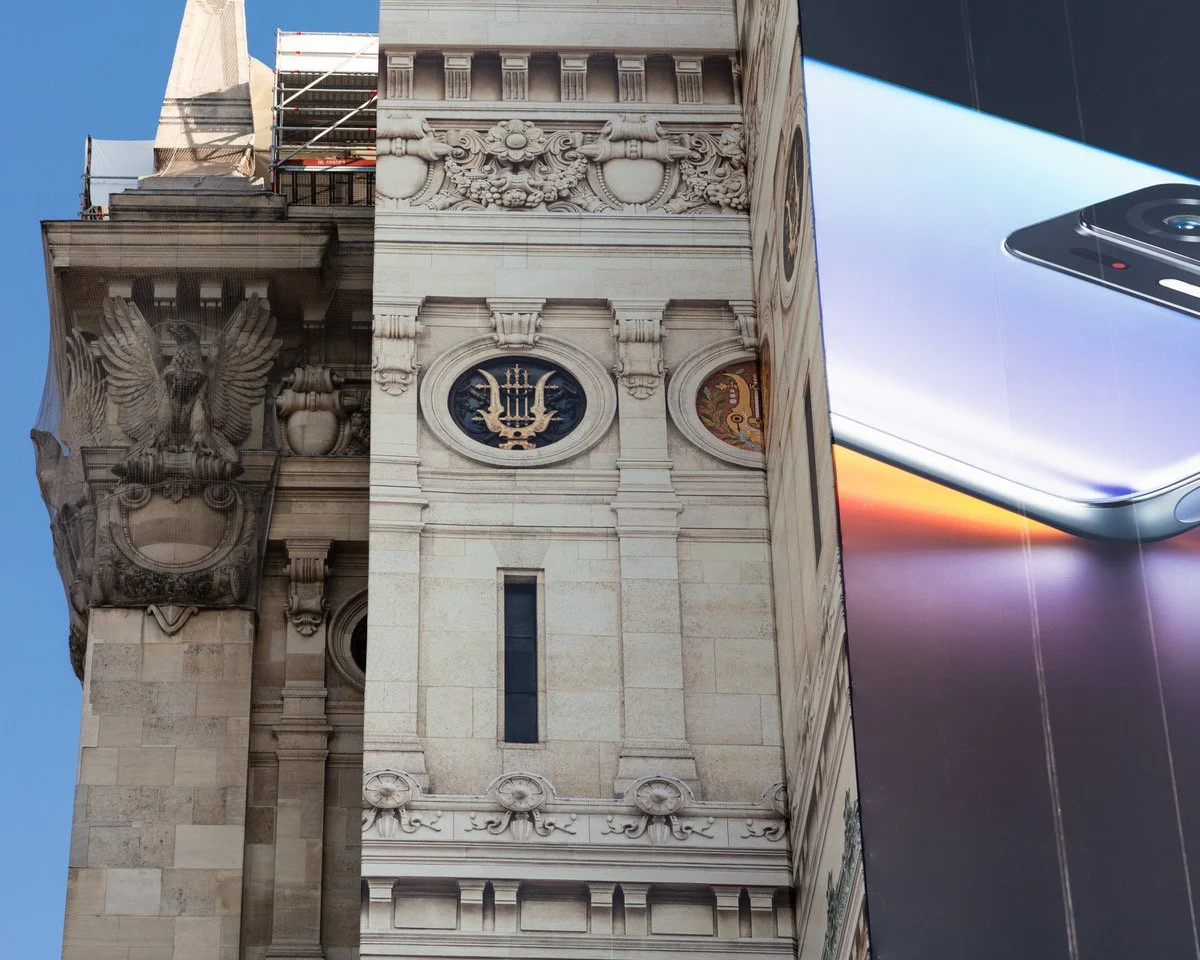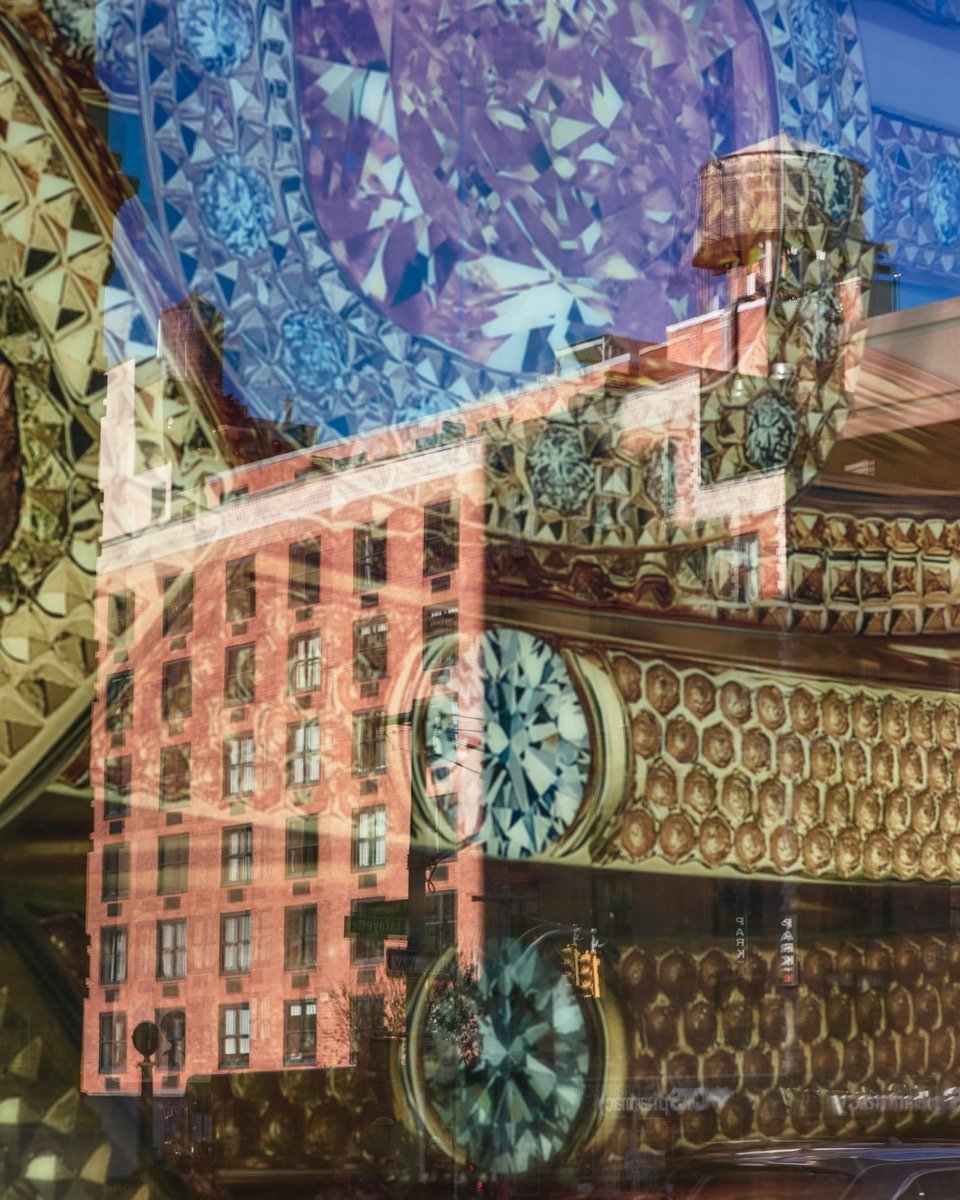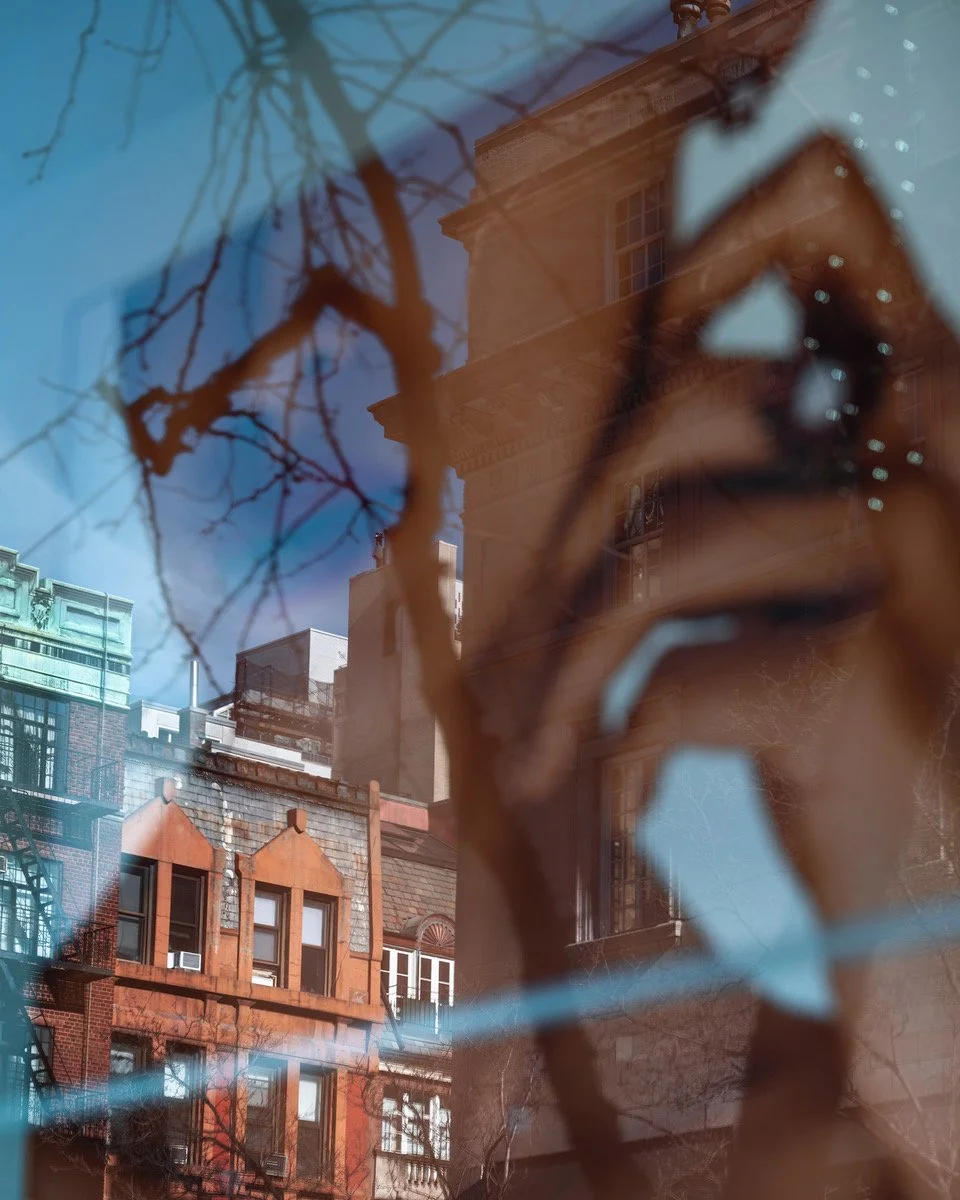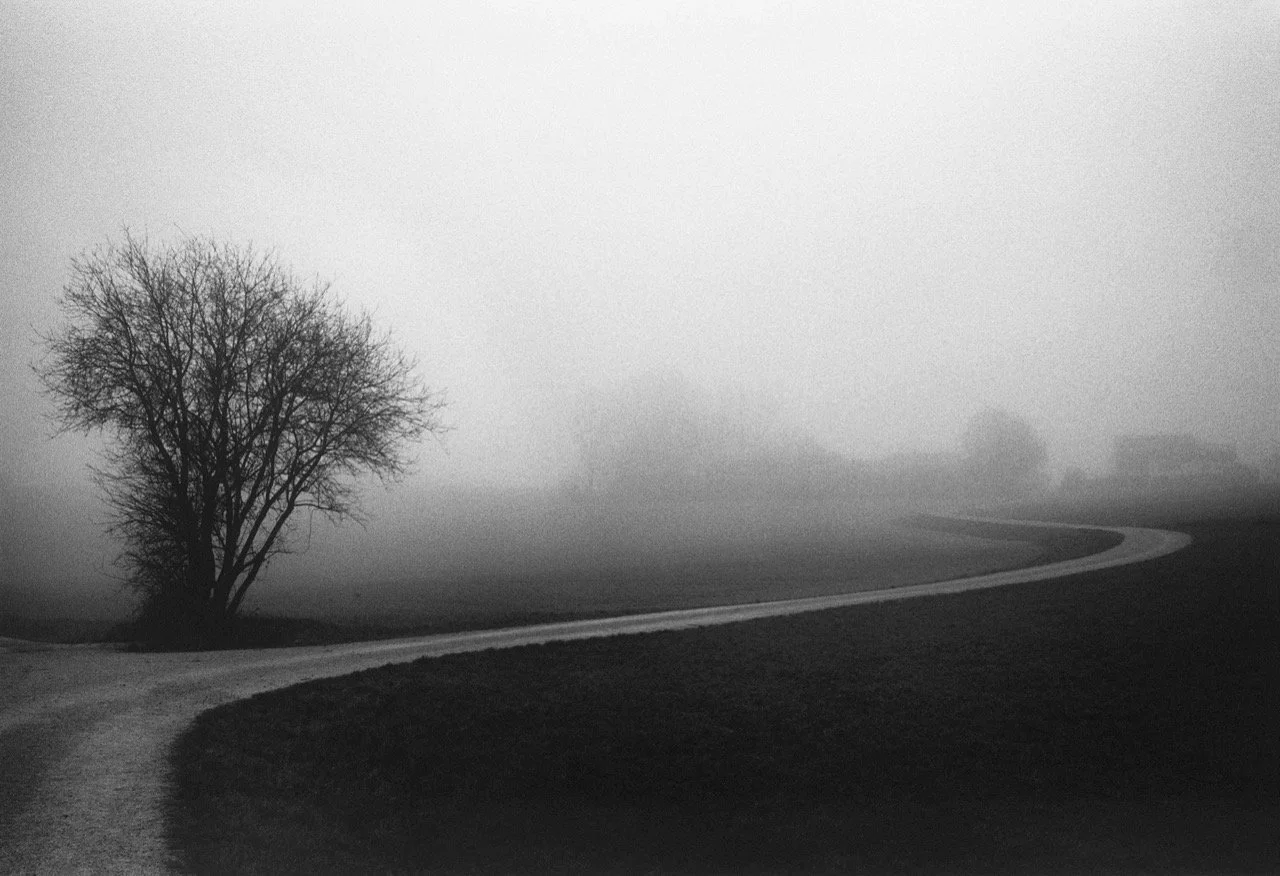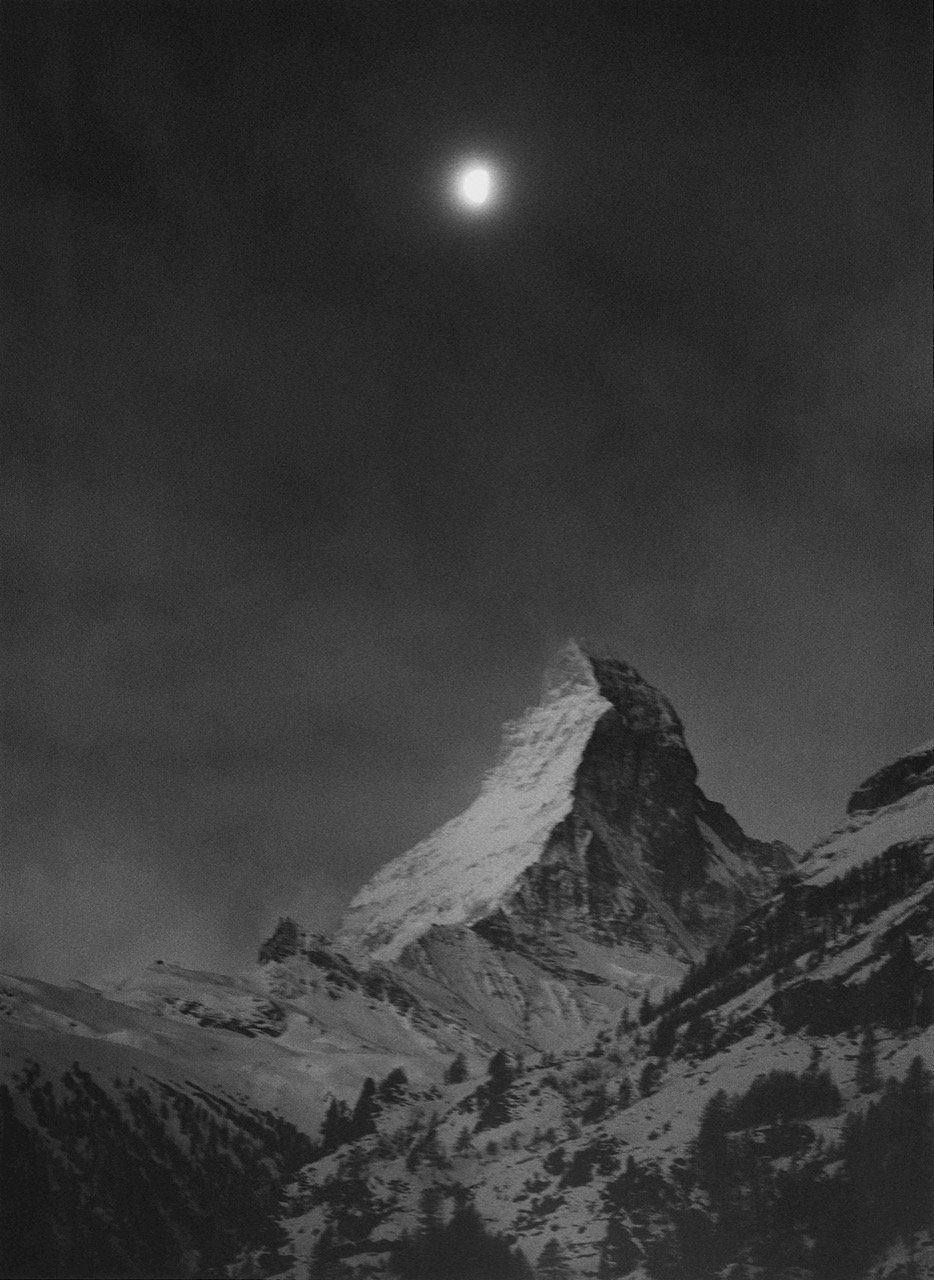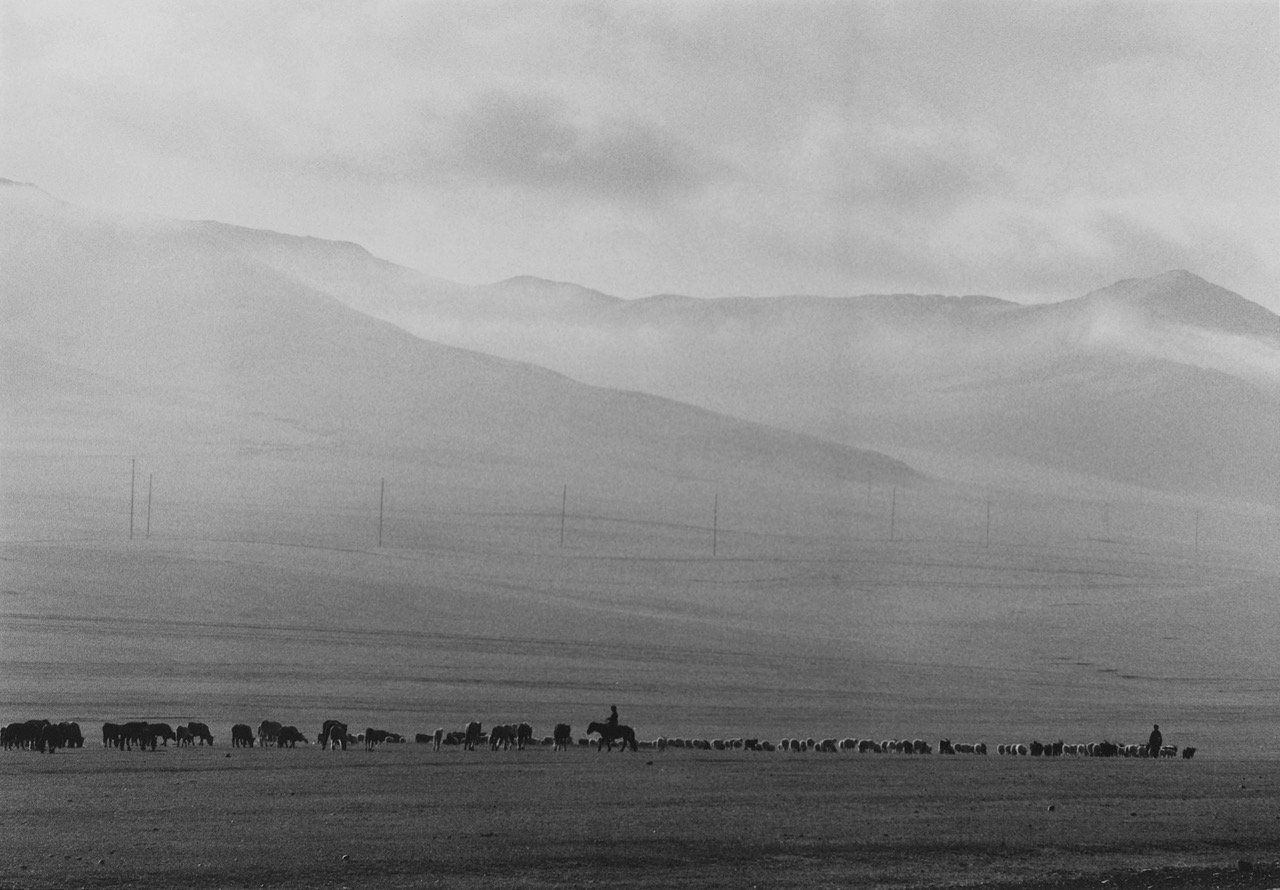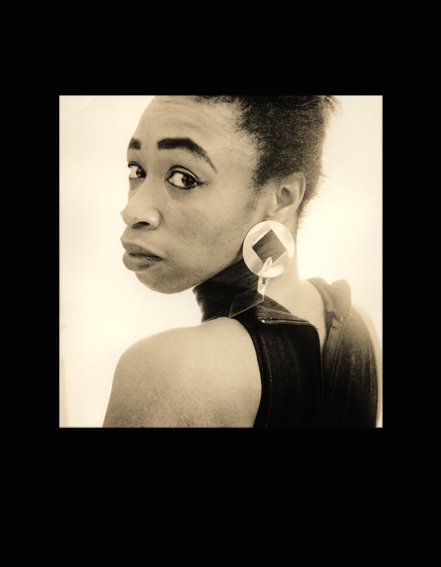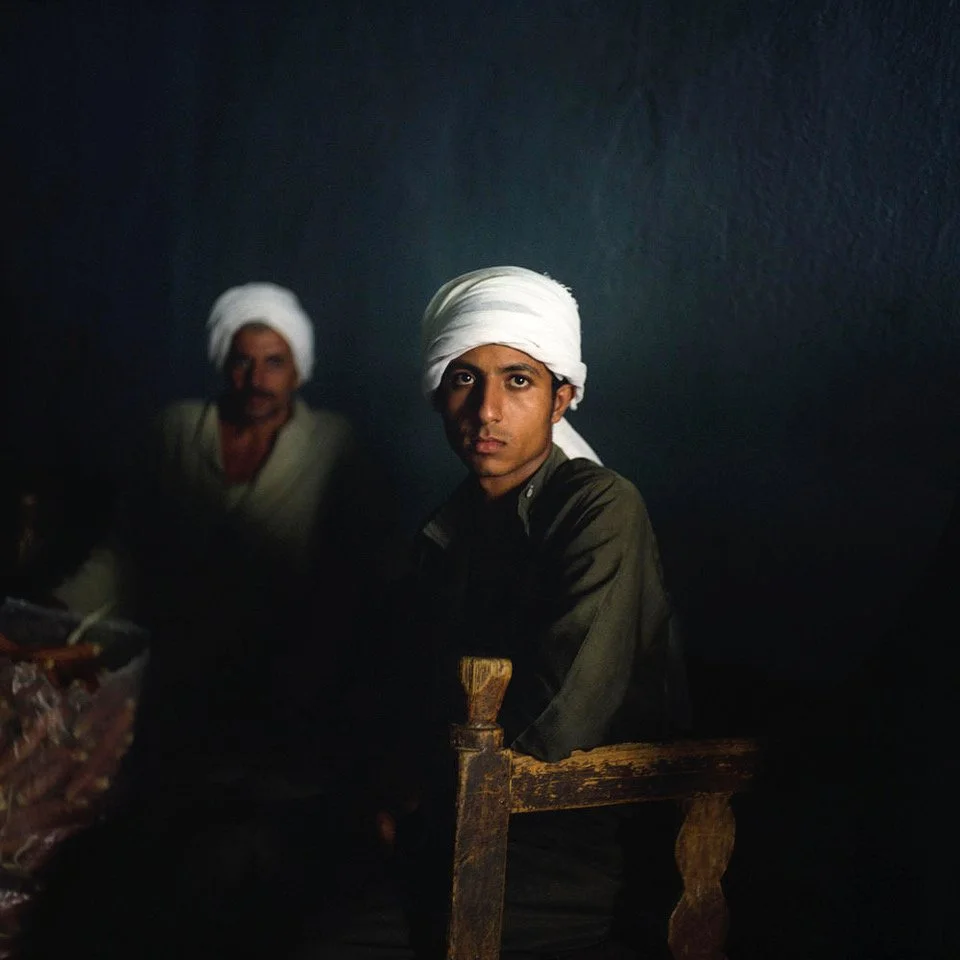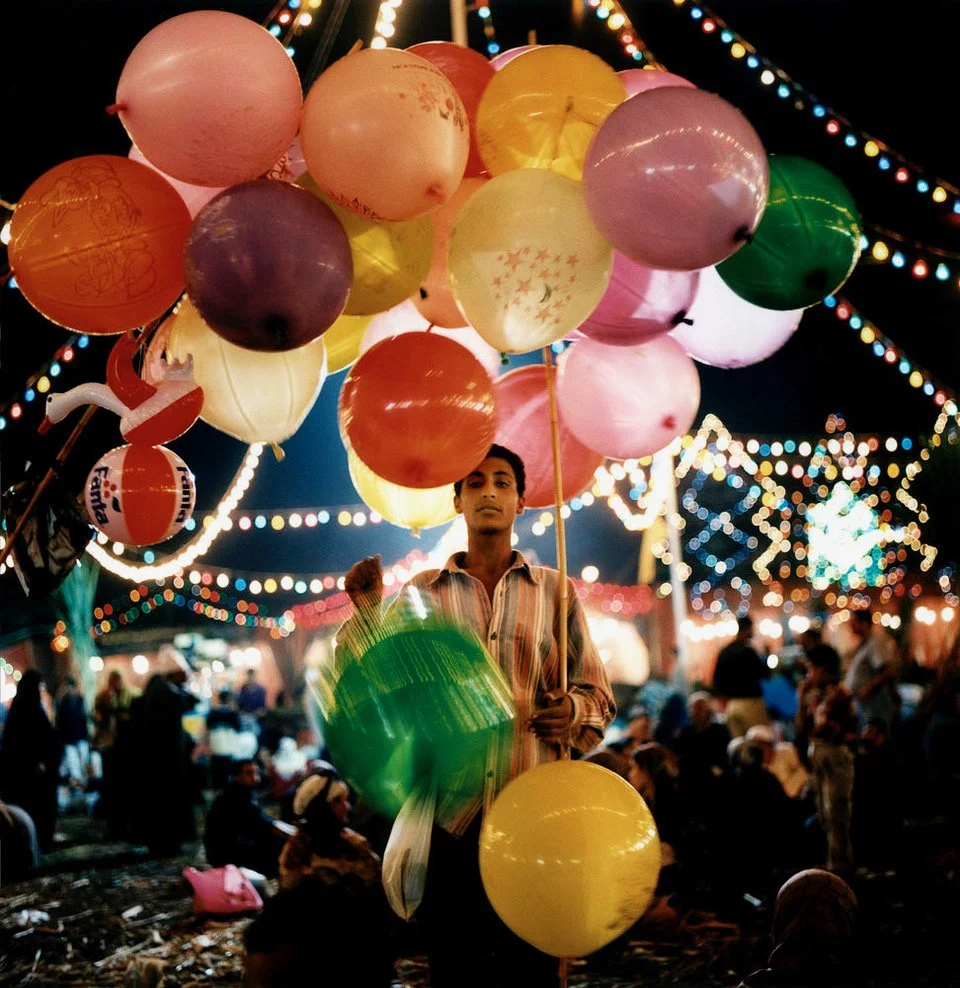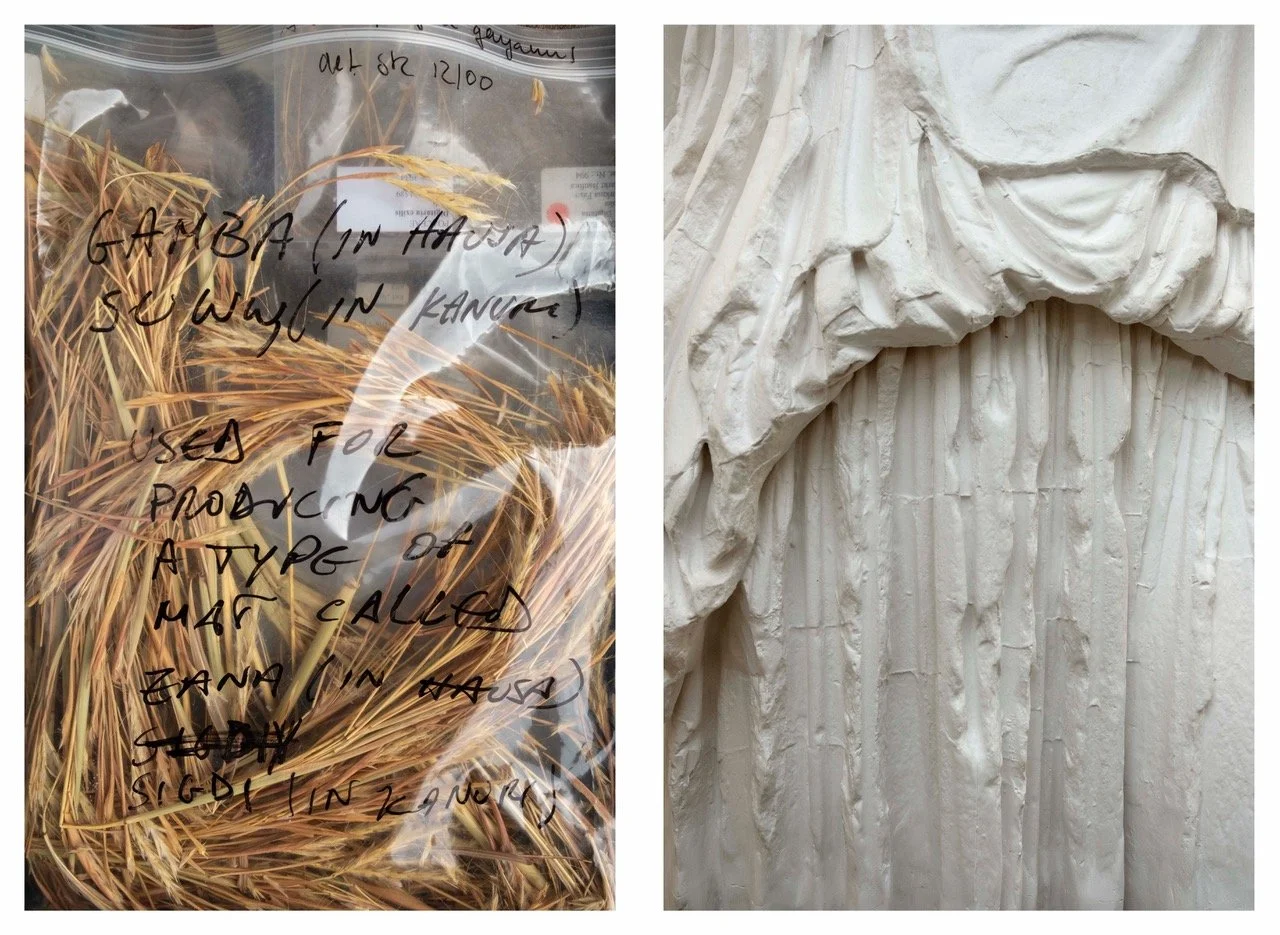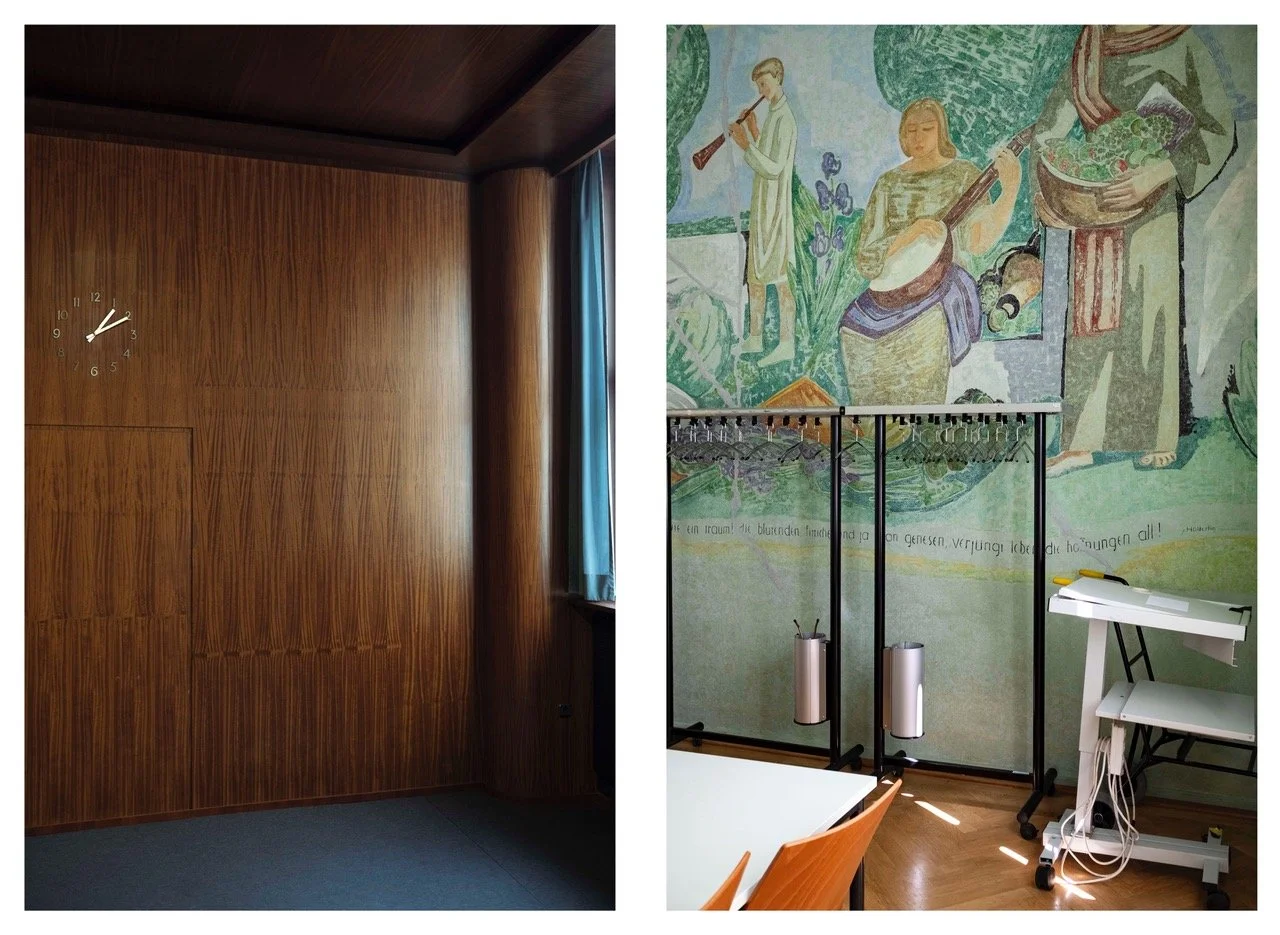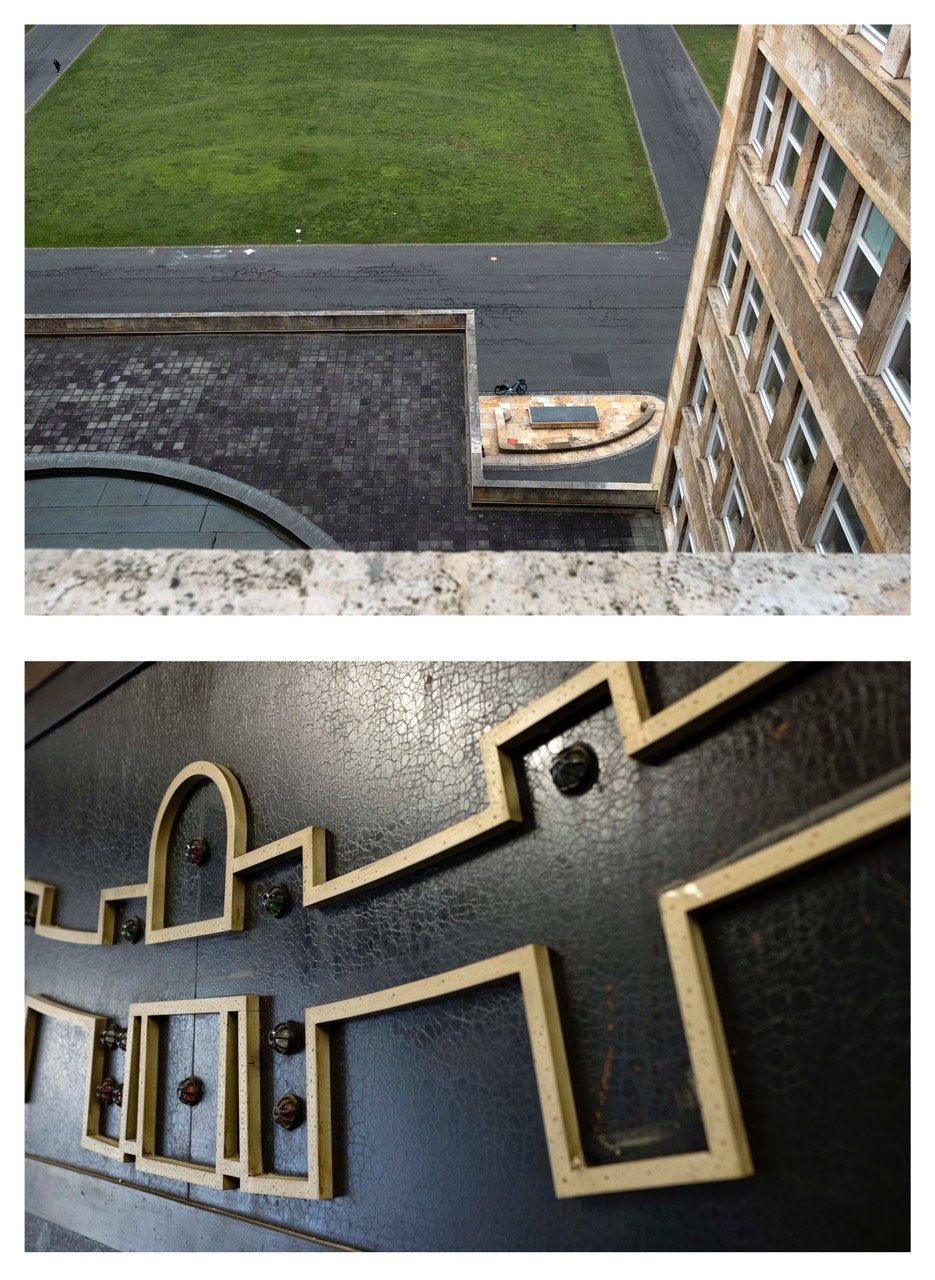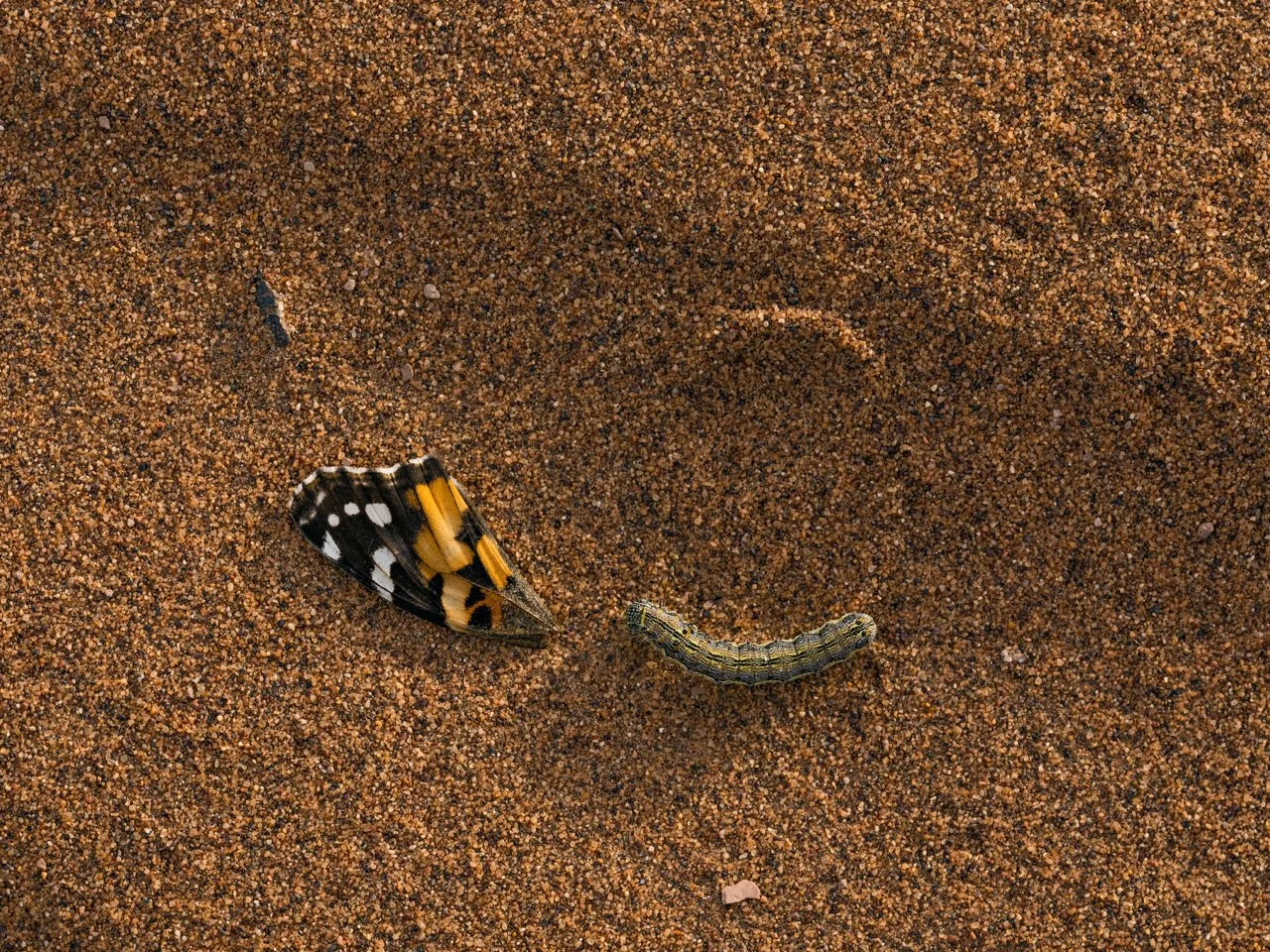
Constant Bloom - Lucas Foglia | Galerie Peter Sillem | Frankfurt am Main
Galerie Peter Sillem | Frankfurt am Main
6. Juni —16. August 2025
Constant Bloom
Lucas Foglia
Painted Lady Butterfly Wing with a Caterpillar, Morocco, 2022. Archival Pigment Print, 46 x 59 cm, mounted, framed, edition of 8 + 2 AP © Lucas Foglia
Die Galerie Peter Sillem freut sich, erstmals in Deutschland Lucas Foglias neues, groß angelegtes Fotografieprojekt Constant Bloom vorzustellen. Seit Millionen von Jahren migrieren Distelfalter (engl. Painted Lady Butterflies) zwischen Afrika, dem Nahen Osten und Europa auf der Suche nach blühenden Wildblumen. Lucas Foglia hat sie auf dieser bislang längsten bekannten Schmetterlingswanderung begleitet. Seine Fotografien zeichnen sowohl die Route der Schmetterlinge als auch die Begegnungen mit den Menschen entlang ihres Weges nach – als Sinnbild für unsere zerbrechliche, vernetzte und zugleich widerstandsfähige Welt.
Lucas Foglia (geb. 1983) erzählt in seinen groß angelegten Projekten mit einer klaren Ästhetik so nuanciert wie einfühlsam Geschichten über Menschen in der Natur. Er erwarb 2005 den Bachelor of Fine Arts an der Brown University und 2010 den Master of Fine Arts an der Yale University. 2024 erhielt er für Constant Bloomdie ein Guggenheim Fellowship.
Foglias Fotografien sind in vielen Sammlungen vertreten und wurden weltweit ausgestellt, unter anderem im Fotografiemuseum Amsterdam, dem International Center of Photography, New York, der Deutsche Börse Photography Foundation Frankfurt am Main, dem Museum of Contemporary Art Denver, dem San Francisco Museum of Modern Art, dem Fotomuseum Den Haag und dem Victoria & Albert Museum, London. Er hat sechs Bücher veröffentlicht: A Natural Order (2012), Frontcountry (2014), Human Nature (2017), Summer After (2021), Living on Lava (2025) sowie Constant Bloom (2025).
Painted Lady Butterfly on a Pincushion, Spain, 2021. Archival pigment print, 76 x 59.5 cm, mounted, framed, edition of 8 + 2 AP © Lucas Foglia
La galerie Peter Sillem est honorée de présenter pour la première fois en Allemagne le nouveau projet photographique à grande échelle de Lucas Foglia, intitulé Constant Bloom. Depuis des millions d'années, les papillons Painted Lady migrent entre l'Afrique, le Moyen-Orient et l'Europe à la recherche de fleurs sauvages. Lucas Foglia les a accompagnés lors de cette migration de papillons, la plus longue jamais connue à ce jour. Ses photographies retracent à la fois l'itinéraire des papillons et les rencontres avec les personnes croisées sur leur chemin, symbolisant ainsi notre monde fragile, interconnecté et résilient.
Dans ses projets à grande échelle, Lucas Foglia (né en 1983) raconte avec une esthétique claire, nuancée et sensible des histoires sur les gens dans la nature. Il a obtenu une licence en beaux-arts à l'université Brown en 2005 et une maîtrise en beaux-arts à l'université Yale en 2010. En 2024, il a reçu une bourse Guggenheim pour Constant Bloom.
Les photographies de Foglia sont présentes dans de nombreuses collections et ont été exposées dans le monde entier, notamment au Musée de la photographie d'Amsterdam, à l'International Center of Photography de New York, à la Deutsche Börse Photography Foundation de Francfort-sur-le-Main, au Museum of Contemporary Art de Denver, au San Francisco Museum of Modern Art, au Fotomuseum de La Haye et au Victoria & Albert Museum de Londres. Il a publié six livres : A Natural Order (2012), Frontcountry (2014), Human Nature (2017), Summer After (2021), Living on Lava (2025) et Constant Bloom (2025).
Painted Lady Butterfly in a Camel Skull, Jordan, 2022. Archival pigment print, 59.5 x 76 cm, mounted, framed, edition of 8 + 2 AP © Lucas Foglia
La Galleria Peter Sillem è lieta di presentare per la prima volta in Germania il nuovo progetto fotografico su larga scala di Lucas Foglia, Constant Bloom. Da milioni di anni, le farfalle vanesse del cardo (in inglese Painted Lady Butterflies) migrano tra l'Africa, il Medio Oriente e l'Europa alla ricerca di fiori selvatici in fiore. Lucas Foglia le ha accompagnate in quella che è la migrazione di farfalle più lunga mai conosciuta. Le sue fotografie tracciano sia il percorso delle farfalle che gli incontri con le persone lungo il loro cammino, come simbolo del nostro mondo fragile, interconnesso e allo stesso tempo resistente.
Lucas Foglia (nato nel 1983) racconta storie di persone nella natura con un'estetica chiara, sfumata e sensibile nei suoi progetti su larga scala. Ha conseguito il Bachelor of Fine Arts alla Brown University nel 2005 e il Master of Fine Arts alla Yale University nel 2010. Nel 2024 ha ricevuto una borsa di studio Guggenheim per Constant Bloom.
Le fotografie di Foglia sono presenti in numerose collezioni e sono state esposte in tutto il mondo, tra cui il Fotografiemuseum Amsterdam, l'International Center of Photography di New York, la Deutsche Börse Photography Foundation di Francoforte sul Meno, il Museum of Contemporary Art di Denver, il San Francisco Museum of Modern Art, il Fotomuseum Den Haag e il Victoria & Albert Museum di Londra. Ha pubblicato sei libri: A Natural Order (2012), Frontcountry (2014), Human Nature (2017), Summer After (2021), Living on Lava (2025) e Constant Bloom (2025).
Raluca Collecting Butterflies for the Worldwide Painted Lady Migration Project, Switzerland, 2023. Archival pigment print, 86 x 112 cm, mounted, framed, edition of 8 + 2 AP © Lucas Foglia
The Gallery Peter Sillem is delighted to present Lucas Foglias new large-scale photography project Constant Bloom for the first time in Germany. For millions of years, Painted Lady butterflies have migrated between Africa, the Middle East, and Europe in search of blooming wildflowers. Constant Bloom follows them on the longest butterfly migration ever discovered, spanning Europe, Africa, and the Middle East. Lucas Foglia’s photographs trace both the path of the butterflies and the people they meet, offering an allegory for our delicate, interconnected, and resilient world.
Lucas Foglia (1983) is a fine art photographer based in the San Francisco Bay Area, who makes stories about people in nature. With a clear aesthetic, his projects convey narratives that are lyrical, nuanced, and compassionate. He received a BFA from Brown University in 2005 and MFA from Yale University in 2010. His 2024 Guggenheim Fellowship traces the longest butterfly migration, creating a metaphor for human connections across international borders.
Foglia's photographic prints have been widely collected and exhibited, including at Fotografiemuseum Amsterdam, International Center of Photography, New York, Deutsche Börse Photography Foundation, Frankfurt am Main, Museum of Contemporary Art Denver, San Francisco Museum of Modern Art, Fotomuseum The Hague, and Victoria & Albert Museum, London. He has published six books: A Natural Order (2012), Frontcountry (2014), Human Nature (2017), Summer After (2021), Living on Lava (2025), and Constant Bloom (2025).
(Text: Galerie Peter Sillem, Frankfurt am Main)











